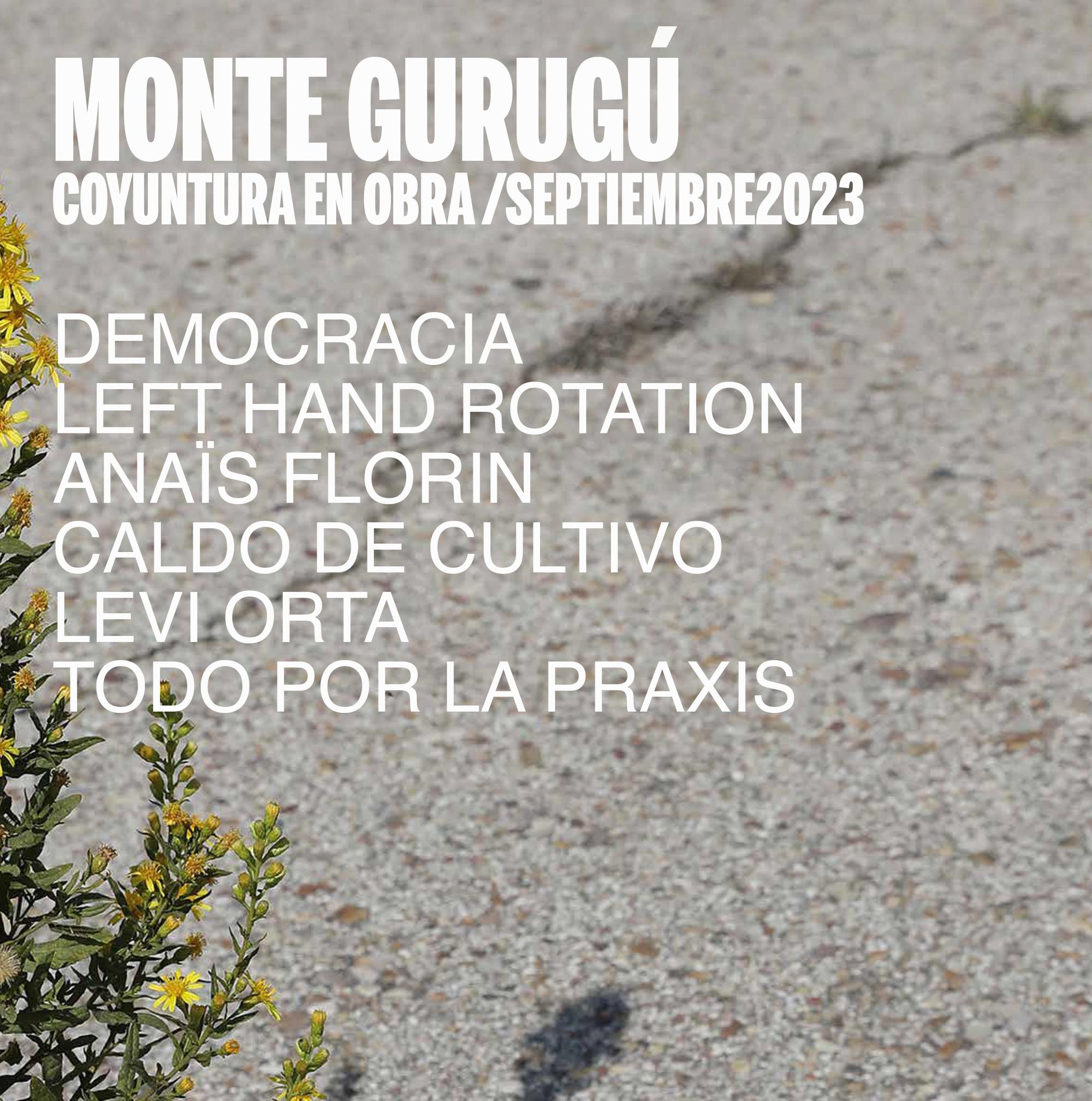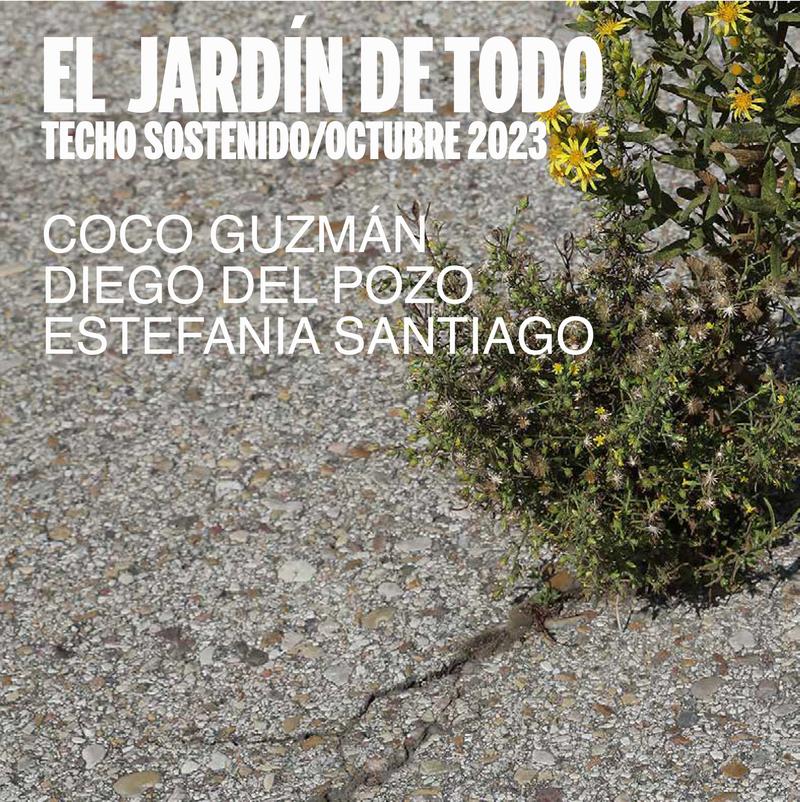Giving symbolic value to weeds, or weeds, is an analogy for what it means to build a utopian future around other ways of living and resisting hegemonic culture. The classification systems that have been established throughout Western history constitute a single truth about how things are designated, from a colonizing perspective of thought. One of these methods is represented in the way plants that interrupt the productive and industrial function of agriculture are labeled. “Weeds” are described in dictionaries as plants that grow wild, whose presence tarnishes human desires to maintain an official system represented in crops, gardens, lawns, sidewalks, and other spaces. Its ironic definition even extends to the logic of the bad person who must cease to exist or who is difficult to kill. Its binary condition around good and evil reaffirms the dominant construction of language that builds certain narratives.
If we subvert its meaning and place ourselves on the side of weeds with a political and counter-narrative perspective, weeds represent us: we want to be the resistance, the radicalism, those who do not conform to human desires under the order of capital, those who seek to regenerate what has been intervened by a neoliberal system.
This programming cycle is an invitation to join a club that pays tribute to dissent through the analogy between what we want to be as a collective and what we seek to generate as a space, like weeds, around our curatorial approach. A club that is not normative and, above all, does not correspond to the productivity expected by the official model, both social and artistic, that constructs and controls our subjectivities. We want to pirate this dominant form of thinking by bringing together those of us who feel like weeds, and we want to act like them. Weeds represent us. It is the code under which we symbolize our desires as a space. We are that paradigm that seeks to deconstruct hegemony in order to problematize our existence. We insist on existing as we want to exist: from a collective and radical imagination.
![]()
![]()
![]()
“Jardín de las malas hierbas” (Garden of Weeds) is the work that we, as Colectivo Todo por la Praxis, have created to conceptually account for the programming of this new cycle, within the framework of the exhibition “Todo lo demás” (Everything Else) at CentroCentro Cibeles, which brought together 20 contemporary creative spaces in Madrid, including Espacio de Todo. This installation is a garden designed as a flowerbed, with a central monument that alludes to the words spoken in October 2022 by the head of European diplomacy in Spain, in which he points out the difference between Europe as a garden and the “rest” of the world as a jungle. This metaphor led us to relate the idea of a spontaneous, untamed, and rustic jungle to the notion of spontaneous grass, and we developed a counter-category of weeds that are located among the plants in the garden, the same ones that apparently threaten, narratively, what Europe wants to be, both politically and racially.



